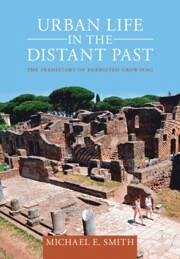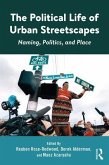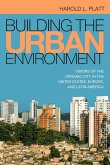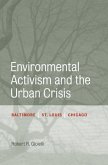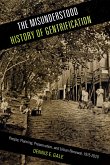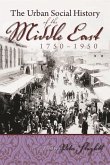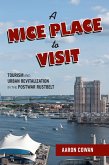"In this book, Michael E. Smith offers a comparative and interdisciplinary examination of ancient settlements and cities. Early cities varied considerably in their political and economic organization and dynamics. Smith here introduces a coherent approach to urbanism that is transdisciplinary in scope, scientific in epistemology, and anchored in the urban literature of the social sciences. His new insight is "energized crowding," a concept that captures the consequences of social interactions within the built environment resulting from increases in population size and density within settlements. Smith explores the implications of features such as empires, states, markets, households, and neighborhoods for urban life and society through case studies from around the world. Direct influences on urban life - as mediated by energized crowding - are organized into institutional (top-down forces) and generative (bottom-up processes). Smith's volume analyzes their similarities and differences with contemporary cities, and highlights the relevance of ancient cities for understanding urbanism and its challenges today"--
Hinweis: Dieser Artikel kann nur an eine deutsche Lieferadresse ausgeliefert werden.
Hinweis: Dieser Artikel kann nur an eine deutsche Lieferadresse ausgeliefert werden.

